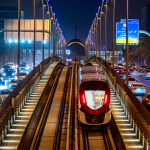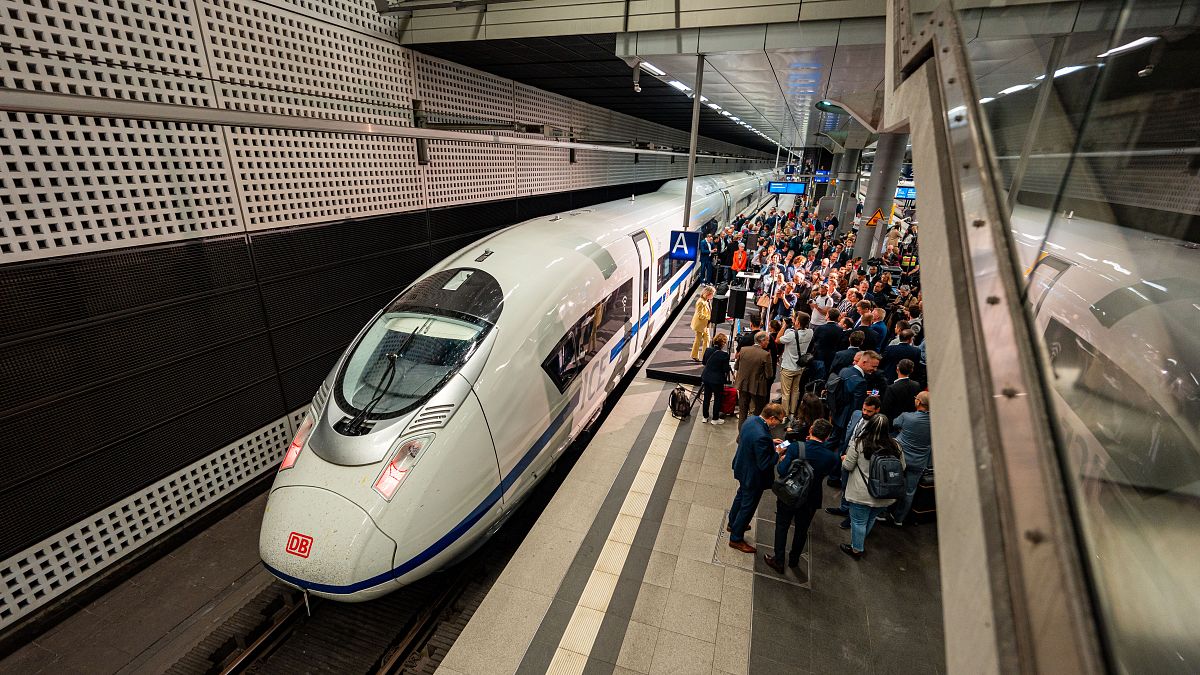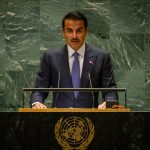The European rail sector faces a significant challenge with a fragmented and inefficient network that is hindering economic growth. Specialists in the rail sector recently embarked on a six-hour train ride from Brussels to Berlin to discuss potential solutions to improve the cross-border rail system. The European Union’s plan to increase high-speed rail connections is ambitious, with a goal to double the volume of European high-speed rail by 2030 and triple it by 2050. However, achieving this will require significant investments and better coordination among EU member states. Georges Gilkinet, Belgium’s mobility minister, emphasized the need for a more efficient rail network and increased train subsidies to make train travel a more competitive and environmentally friendly option compared to flying.
One of the key issues facing the European rail sector is the lack of high-speed rail connections between European capitals, which is seen as a barrier to the single market and EU prosperity. Former Italian Prime Minister Enrico Letta highlighted the importance of improving the rail network as part of the fair, green, and digital transition in Europe. The European Court of Auditors has also raised concerns about the fragmented and ineffective nature of the current rail network, which is not well-linked and inhibits cross-border travel. In order to address these challenges, there is a need for greater political will and cooperation among EU member states to create a more efficient and interconnected high-speed rail network.
Despite the potential economic and environmental benefits of a high-speed rail network, there are significant obstacles to overcome in its implementation. Research from Greenpeace has shown that the current transport infrastructure in Europe is skewed towards air travel, with direct flights dominating intercity routes. Train travel is often more expensive than flying, making it less attractive to passengers. Rail expert Jon Worth believes that a lack of infrastructure and ticketing options are major challenges facing the European rail sector. He called for more political action from the EU to prioritize and invest in the development of a high-speed rail network that is competitive with air travel.
The EU’s Green Deal to curb climate change presents an opportunity to prioritize the development of a high-speed rail network and shift towards more sustainable transportation options. The potential economic gains from a high-speed rail network are substantial, with estimates of creating 1.5 million jobs, triggering €750bn in economic growth, and reducing carbon dioxide emissions by 5bn tonnes. By investing in high-speed rail infrastructure and making train travel more affordable and convenient, the EU can promote a shift towards greener transportation options and reduce reliance on air travel. The incoming EU Commissioner for transport and tourism, Greece’s Apostolos Tzitzikostas, has the opportunity to address the challenges facing the European rail sector and promote the development of a more efficient and interconnected high-speed rail network.
In conclusion, the European rail sector faces significant challenges in improving its fragmented and inefficient network to meet the growing demand for cross-border travel and reduce carbon emissions. The EU’s ambitious plan to increase high-speed rail connections by 2030 and 2050 requires strong political will and cooperation among member states to overcome barriers to infrastructure development and ticketing. By prioritizing and investing in the development of a high-speed rail network, the EU can create economic opportunities, reduce carbon emissions, and promote sustainable transportation options. The incoming EU Commissioner for transport and tourism has an important role in shaping the future of the European rail sector and advancing the development of a more efficient and environmentally friendly rail network.










